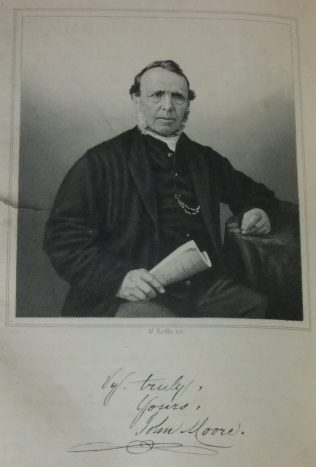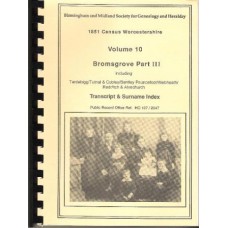In the previous post we distinguished between two men called Edward
Turton and their respective spouses (
The Turton Wives). From
FreeBMD we can know that since civil registration began in England and Wales there have been over 70 marriage registrations with the name Edward Turton.
By contrast FreeBMD shows only seven marriage registrations for the name Jabez
Penny. Sounds like an easier starting point. However, there are three birth registrations for Jabez Penny within a two year period of time (with just one earlier birth and another entry a generation later). Selecting the relevant details for the person of interest was achieved by piecing together information about the life of each of five people with the same name.
Jabez John Penny, son of Robert and Ann, was born in Kent in
1841. He became a school master like his father before him. Jabez married Mary Hanson
Jones, daughter of a school master and a teacher herself, in
1866 in Portsea, Hampshire. His widow died in 1917, age 77. It is possible that his death was the one registered in the same district 18 years earlier as John Penny.
In Bristol, James Penny married Celia
Legg in 1850, they had a son Jabez Penny in
1851 who died aged 1 in
1852. Then they gave the same name to another son who was born in
1853 and baptised on Christmas Day. Their second Jabez married firstly in
1875 to Margaret
Wood who unfortunately died within a year. Then he married Caroline
Baker in
1881, had various roles related to making and selling paper, died in Barnstaple, Devon in
1919, age 66, and is buried in the town cemetery with his wife Caroline's name on the grave monument.
Between those two births, a Jabez Penny was born in
1852 in Wiltshire to Henry (Harry) Penny and Harriett (Harriet) formerly
Burton, who had married in 1838. This Jabez, a labourer, was married first in
1874 to Dinah Ann
Kiddle, age 18, but sadly she died before their 10th wedding anniversary. He went on to marry Rebecca
White, age 26, in
1886, who lived until 1913, a marriage of 27 years, during which time he progressed to being a road foreman working for the district council. Then in
1914, in his early 60s, Jabez married the much younger Kate Elizabeth/Elizabeth Kate
Elcock who was age 25 and their marriage continued for 24 years until his death age 85 in
1938.
In Essex, Thomas David Penny, a millwright who had been born in Brighton, Sussex, and his wife Agnes had their Jabez Penny in
1888. He married Mabel
Simpson in
1920 and died in
1962 age 74.
Please do not hesitate to contact me with any corrections or further insights. However, beware if you are checking against compiled information available on the internet because several sources have muddled up these Penny people.




